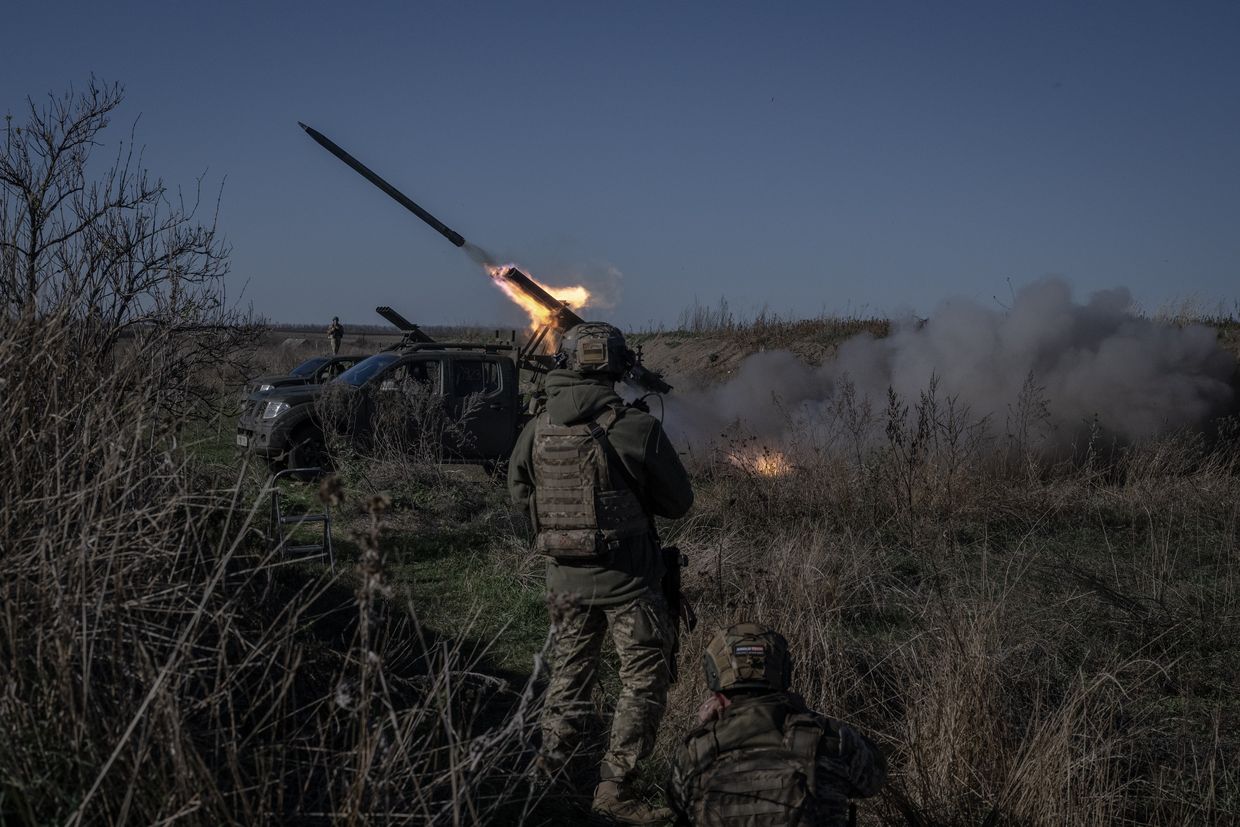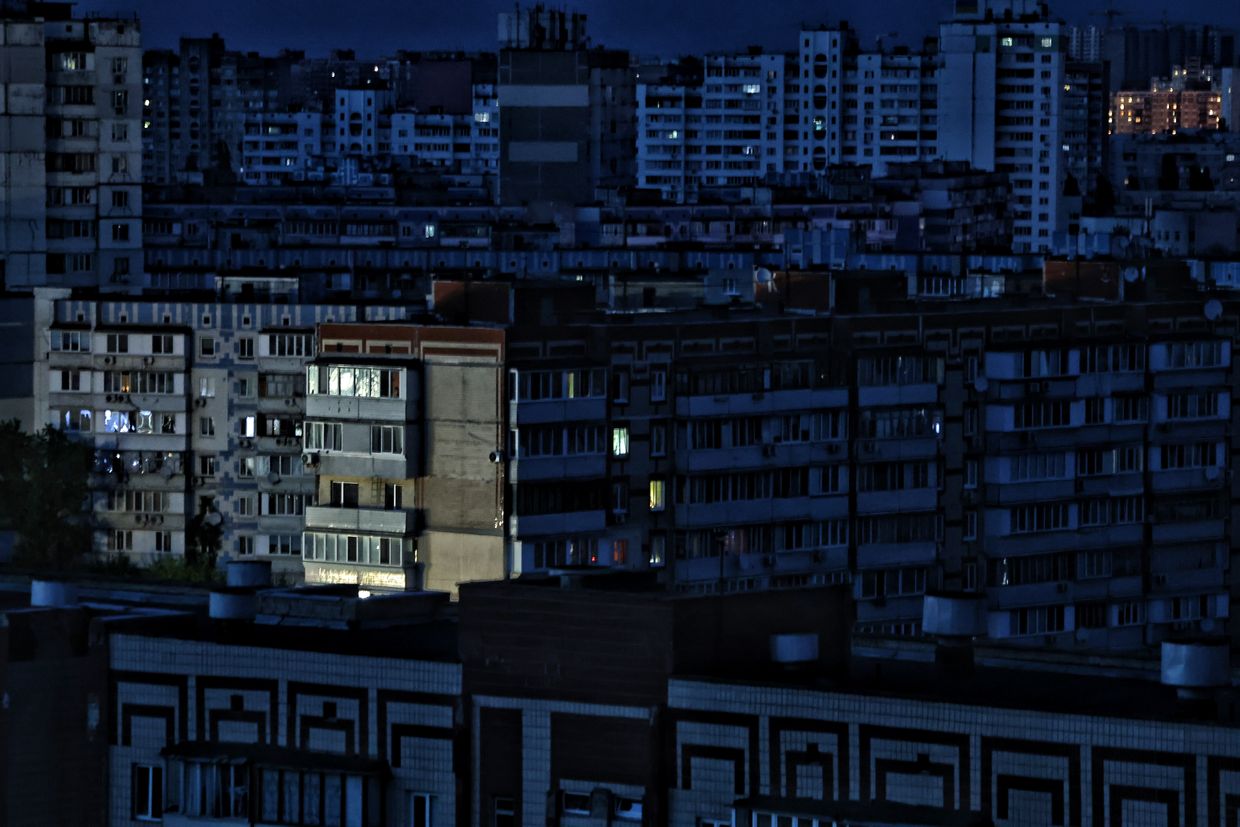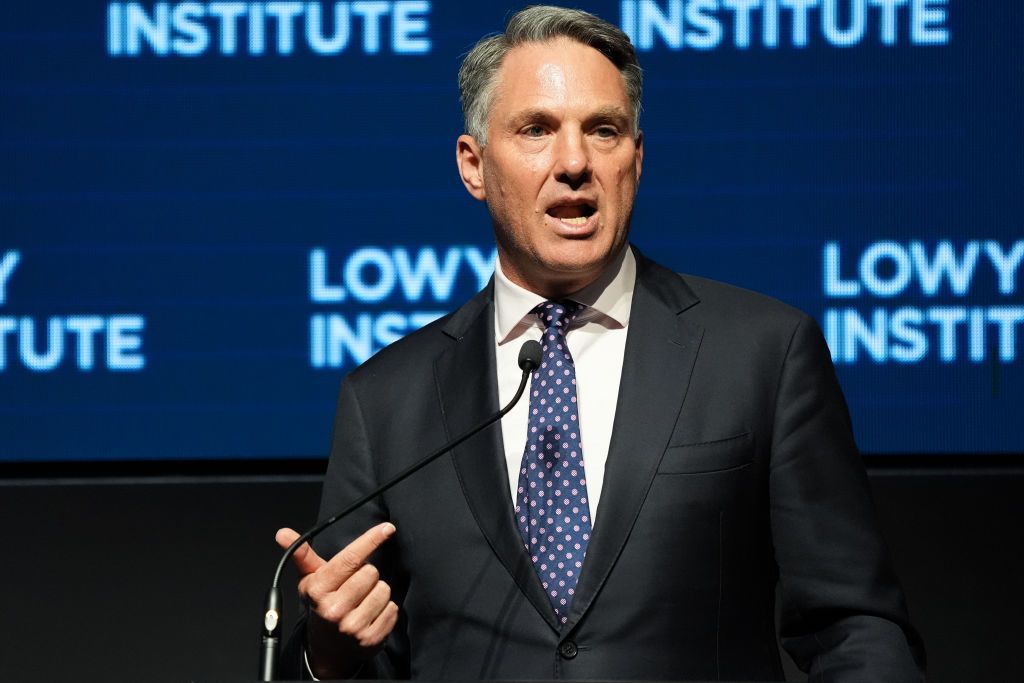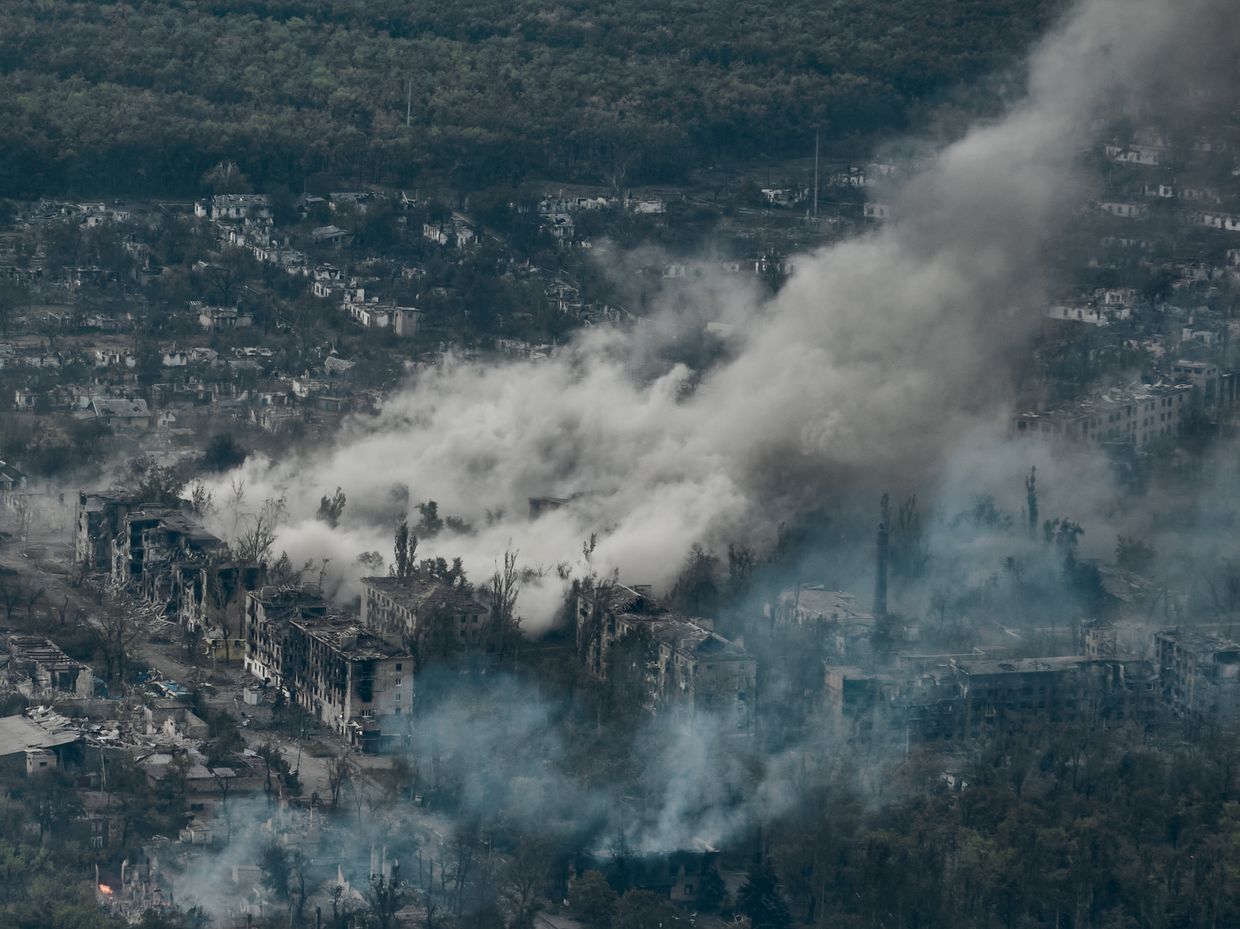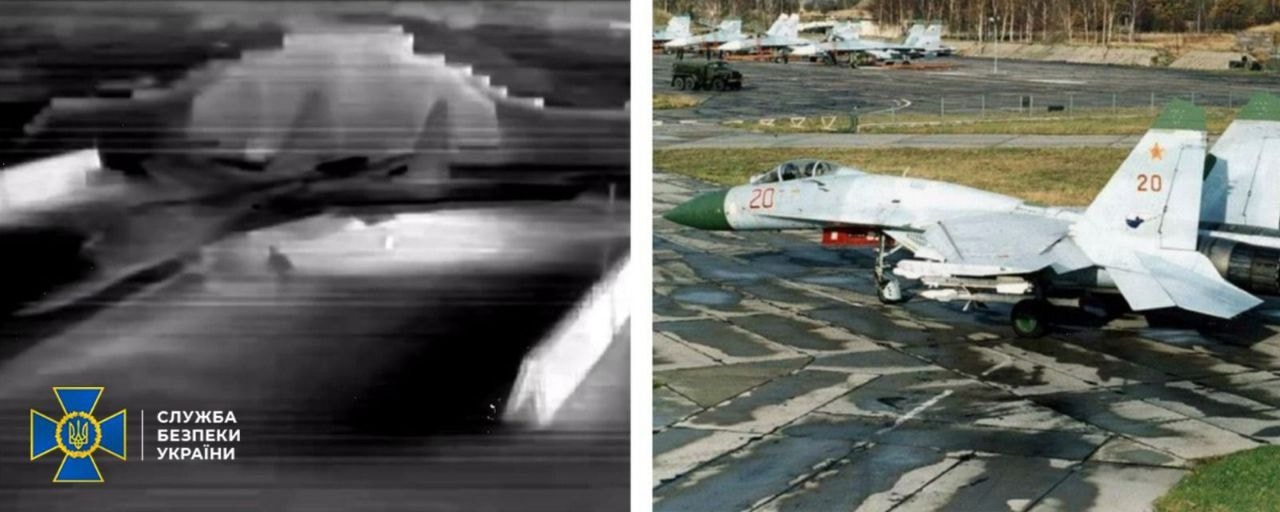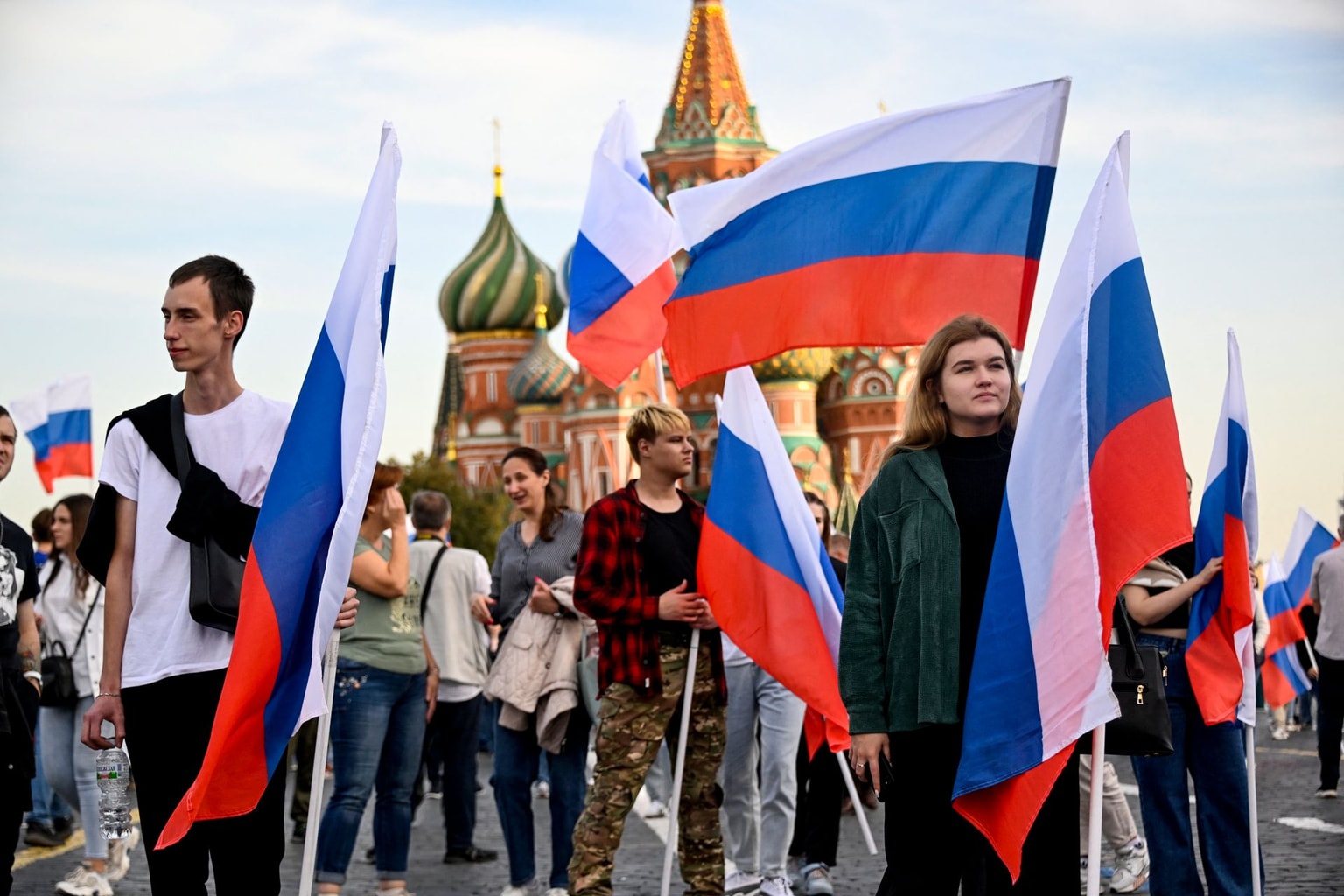Ukraine war latest: US announces $425 million in security aid for Ukraine, Zelensky says package includes long-range weapons

Key developments on Oct. 16:
- US announces $425 million in security aid for Ukraine, Zelensky says package includes long-range weapons
- Zelensky unveils Ukraine's victory plan, says it's doable but 'depends on our partners'
- Australia to give Ukraine almost 50 US-made Abrams tanks
- Ukraine reportedly reclaims territory in north of Kharkiv Oblast, almost entire Russian regiment destroyed
U.S. President Joe Biden announced $425 million in new security assistance for Ukraine during a phone call with President Volodymyr Zelensky on Oct. 16.
Biden and Zelensky spoke on the phone after the U.S. president canceled foreign trips to handle the consequences of repeated hurricanes at home.
The new package will consist of "additional air defense capability, air-to-ground munitions, armored vehicles, and critical munitions to meet Ukraine's urgent needs," the White House said in a statement.
In the upcoming months, the U.S. will also provide Ukraine with "a range of additional capabilities, including hundreds of air defense interceptors, dozens of tactical air defense systems, additional artillery systems, significant quantities of ammunition, hundreds of armored personnel carriers and infantry fighting vehicles, and thousands of additional armored vehicles," the White House said.
In a post on X, Zelensky thanked the U.S. for the new package and said that it also includes "long-range weapons." He did not specify which kind of weapons and did not mention the ongoing debate over allowing Western weapons to be used for long-range strikes into Russia.
Biden and Zelensky also discussed the victory plan, which was presented to individual leaders, including Biden, behind closed doors in September but made public earlier on Oct. 16.
Zelensky unveils Ukraine's victory plan, says it's doable but 'depends on our partners'
President Volodymyr Zelensky presented Ukraine's much-debated victory plan at parliament on Oct. 16, though some parts remained classified.
The proposal is comprised of five points: an invitation to join NATO, a defense aspect, deterrence of Russian aggression, economic growth and cooperation, and post-war security architecture.
The plan involves three secret addenda that have been shared with international partners. David Arakhamia, the ruling party's parliamentary leader, said the classified parts would be presented to faction leaders.
"If the plan is supported, we can end the war no later than next year," Zelensky said in the parliament in the presence of Commander-in-Chief Oleksandr Syrskyi, military intelligence chief Kyrylo Budanov, and Western diplomats.
"Ukraine's victory plan is a plan to strengthen our state and our position. To be strong enough to end the war. To make sure that Ukraine has all its muscles," Zelensky said.
"This plan can be implemented. It depends on our partners. I emphasize: on partners. It definitely does not depend on Russia."
Ukraine's invitation to join NATO was placed at the top of the list. Kyiv submitted its application to join in September 2022 but has yet to receive a clear signal from allies.
"We understand that NATO membership is a matter for the future, not the present," Zelensky said, but added that an invitation offered right away would show Russian President Vladimir Putin the error of "his geopolitical calculations."
"We are a democratic nation that has proven that it can protect our common way of life."
The second article stresses the need to bring the war to Russian territory, such as during the cross-border Kursk incursion launched in early August. This will prevent the creation of possible "buffer zones" on Ukrainian territory.
This item also calls for lifting restrictions on long-range strikes in Russia, additional supplies of long-range capabilities, and Western support in downing Russian missiles and drones over Ukraine.
Additional support in building up Ukrainian ground forces, air defenses, defense investment, intelligence assistance, and other military aid will help strengthen Ukraine and dissuade the Russian population from their "ideology of war," the president said.
The third point refers to non-nuclear deterrence, one part of which will remain classified. Ukraine is proposing a "comprehensive non-nuclear strategic deterrence package on its territory" that would safeguard the country against future aggression.
This point has been detailed to the leaders of the U.S., the U.K., Germany, France, and Italy.
The fourth part addresses Ukraine's use of its natural resources, such as uranium, titanium, and lithium, which present economic growth potential for Kyiv and the EU. Ukraine is offering a special agreement on joint investment and use of these resources with the EU and the U.S.
The part further calls for ramping up international sanctions against Russia to undermine its ability to sustain its aggression.
This fourth section also contains a classified section that was shared with Western partners.
The fifth part concerns Ukraine's post-war security architecture. Zelensky said Kyiv boasts a large and experienced military force that can strengthen NATO and the security of the European continent.
"If the partners agree, then after the war, we envisage replacing certain U.S. military contingents stationed in Europe with Ukrainian units," the president said.
"If Putin achieves his insane geopolitical, military, ideological, and economic goals, it will create an overwhelming impression for other potential aggressors, particularly in the Gulf region, the Indo-Pacific region, and Africa, that wars of aggression can be profitable for them as well," the president told lawmakers.
Zelensky noted that Putin's "coalition of criminals" now includes North Korea, which has provided not only weapons but also personnel for Russian factories and the military.
"This is effectively participation of a second state in the war against Ukraine on Russia's side." The president also highlighted the support provided by Iran and China.
"We must implement the victory plan to force Russia to be at the peace summit and ready to end the war."
Australia to give Ukraine almost 50 US-made Abrams tanks
Australia will donate Ukraine 49 "soon-to-be-retired" U.S.-made Abrams tanks, the Australian media outlet ABC News reported on Oct. 16, citing Defense Industry Minister Pat Conroy.
The delivery comes after a controversy erupted earlier in 2024 when media reports emerged that the Australian military decided to quietly disassemble and bury its fleet of multi-role Taipan helicopters, even though Kyiv sent an official request for their transfer to Ukraine.
Conroy told reporters that it was "time to move on" about the Taipan helicopters and made no indication that the decision to give Ukraine the Abrams tanks was related to the backlash over their non-delivery.
The tanks will be delivered as part of a larger package of military aid worth 245 million Australian dollars ($163 million).
"These tanks will deliver more firepower and mobility to the Ukrainian Armed Forces, and complement the support provided by our partners for Ukraine's armored brigades — Australia has been steadfast in our support for Ukraine," Conroy said.
Ukraine's ambassador to Australia, Vasyl Myroshnychenko, said that the delivery of tanks was a "significant contribution" that would be an "essential part of our land defenses."
Since the beginning of the full-scale war, Australia has provided Ukraine with more than $1 billion in aid, including $866 million in military assistance.
Ukraine reportedly reclaims territory in north of Kharkiv Oblast, almost entire Russian regiment destroyed
Units of Ukraine's military intelligence (HUR) liberated 400 hectares (988 acres) of forest in Kharkiv Oblast, killing a number of Russian soldiers, the agency reported on Oct. 16.
The operation was conducted north of the village of Lyptsi, located 10 kilometers (6 miles) south of the Russian border. The village was under Russian occupation from February to September 2022, and was again targeted during Russia's renewed offensive against Kharkiv Oblast in 2024.
The time frame and duration of the operation were not disclosed.
According to HUR, Ukrainian soldiers captured a Russian battalion defense area, destroyed three motorized rifle battalions, a Storm platoon, and a reconnaissance company of Russia's Seventh Separate Motorized Rifle Regiment. The units also reportedly took over Russian captives.
"After clearing 400 hectares of forest north of Lyptsi, the situation of the invaders on this section of the front is deteriorating and close to hopeless," the agency claimed.
"The successful HUR mission sets conditions for further ousting the Russian occupiers from the northern part of Kharkiv Oblast."
In August, Ukraine's 3rd Assault Brigade launched a successful counterattack in Kharkiv Oblast, advancing almost 2 square kilometers deep into the front line area.
The elite 3rd Brigade has been holding the line near the village of Borova in Kharkiv Oblast, repelling repeated Russian assaults. Earlier in October, the brigade said it had managed to regain positions and free a group of captive Ukrainian soldiers during an engagement with a Russian sabotage group in the region.


